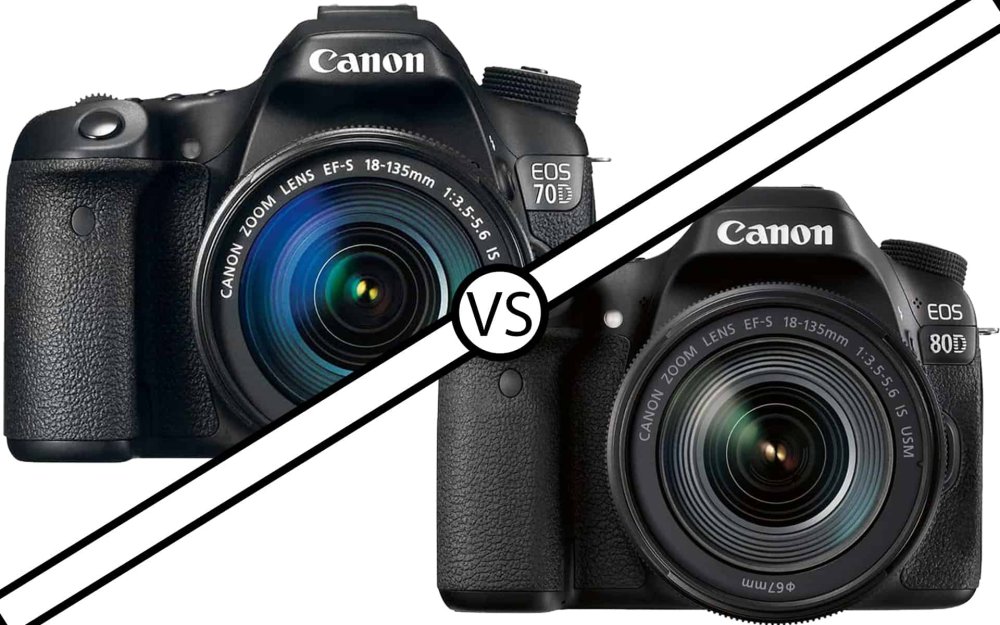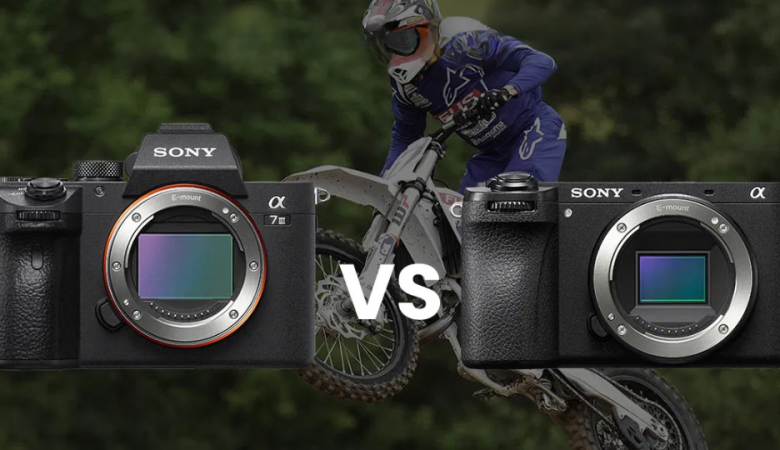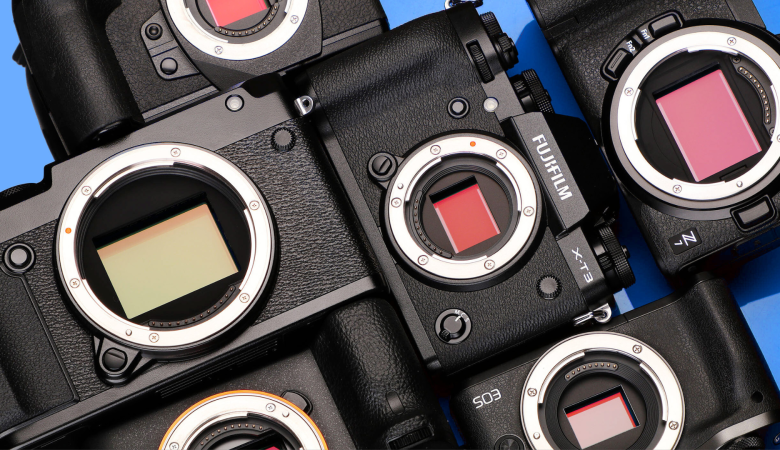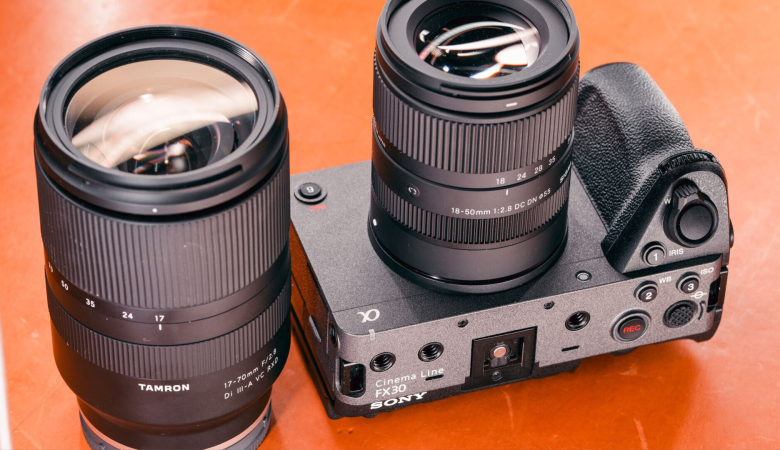In photography, every detail matters! If you are searching for a new camera that can capture life’s moments with precision and clarity, you would probably have come across the Canon 80D and the Canon 70D.
These two cameras are like siblings, sharing some traits while having their unique personalities. This blog post is all about taking you through a journey of comparison: 80D vs 70D.
Whether you’re a seasoned photographer looking to upgrade or a beginner taking your first step into the world of DSLRs, understanding these differences will help you make an informed choice that aligns with your photography aspirations.
So, let’s take a comprehensive dive into the key differences between these two models to help you make the right decision on choosing the perfect camera for your creative pursuits.
1. Image Quality and Sensor Technology
Both the Canon 70D and the Canon 80D feature an APS-C sensor, which is considerably larger than the sensors found in compact digital cameras. The Canon 70D features a 20.2 MP sensor, while the 80D flaunts a slightly improved 24.2 MP sensor. This enhanced megapixel count results in higher resolution images, allowing for more detailed captures and the ability to crop images without significant loss of quality.
2. Autofocus System
One of the standout features of the Canon 70D, when it was first introduced, was its Dual Pixel autofocus technology. This technology improved live view and video autofocus performance, making it ideal for those who frequently shoot videos or prefer live view shooting. The Canon 80D was created with a more advanced cross-type autofocus system. This means improved accuracy and focus tracking, particularly when shooting moving objects. If you are into sports or wildlife photography, the Canon 80D’s autofocus system can be a game-changer.
3. Low Light Performance
When it comes to photography, lighting conditions can greatly impact the outcome of your shots. The Canon 80D’s higher megapixel count does not significantly affect its low-light performance compared to the Canon 70D. Both cameras perform admirably in low light, thanks to their amazing image processors. The Canon 80D, however, boasts slightly better noise reduction capabilities, resulting in cleaner images.
4. Video Capabilities
Video enthusiasts will find both the Canon 70D and the Canon 80D to be appealing options. However, the Canon 80D takes the lead with its enhanced video features. While both cameras offer full HD video recording, the Canon 80D provides more manual control over video settings and improved autofocus performance during video capture. It is equipped with a headphone jack, thereby allowing you to monitor audio quality during recording, which is a feature absent in the Canon 70D. These features collectively make the Canon 80D a preferred choice for content creators and vloggers.
5. Build and Design
Both the Canon 70D and the Canon 80D share a similar design, with sturdy build quality and a comfortable grip. However, the Canon 80D features some subtle improvements that enhance the shooting experience. The 80D offers improved weather protection, thereby making it more resistant to dust and moisture. Additionally, the control layout on the 80D is slightly more refined, providing a more intuitive and user-friendly experience, especially for photographers who frequently toggle between different settings.
6. Connectivity Features
In the age of instant sharing and remote control, connectivity options play a crucial role in a camera. The Canon 80D comes with built-in Wi-Fi and NFC(Near Field Communication) capabilities, allowing you to easily transfer images to your smartphone or control the camera remotely. While the Canon 70D lacks NFC, it does offer Wi-Fi connectivity for image sharing and remote control. Both cameras also offer a headphone jack for audio monitoring, while the Canon 80D has more flexibility in audio capture.
7. Battery Life
For photographers who embark on long shooting sessions, battery life is an important consideration. The Canon 70D features an admirable battery life, but the Canon 80D improves upon this aspect. With the ability to capture around 960 shots per charge, the 80D outperforms the 70D’s approximately 920 shots per charge. This extended battery life can prove to be a significant advantage during extended shoots or even when traveling without easy access to charging facilities.
8. Price and Value
As with any technological purchase, the price point is often a deciding factor. The Canon 70D, being an older model, is generally more affordable as compared to the 80D. While the 80D offers a host of advanced features, the 70D still holds its ground as a capable camera, delivering excellent image quality and performance. Your choice between the two will depend on your budget and the specific features that matter the most to you.
Wrapping It Up
In the dynamic world of photography, both the Canon 70D and the Canon 80D have made their mark as commendable tools for photographers. The Canon 80D undoubtedly builds upon the foundation laid by the 70D, with improvements in the key features.
However, the Canon 70D remains a solid option for those looking for a budget-friendly camera that still offers impressive quality and performance.
When choosing between these two models, consider your individual needs and preferences. If you are heavily invested in video production and require advanced autofocus capabilities, the Canon 80D is the way to go, as it is packed with the latest features.
On the other hand, if you are looking for a cost-effective solution that delivers great still images and decent video performance, the Canon 70D remains a good choice.
Whichever you decide, both the Canon 80D and the Canon 70D showcase Canon’s commitment to innovation and impressive quality.







Leave a Reply